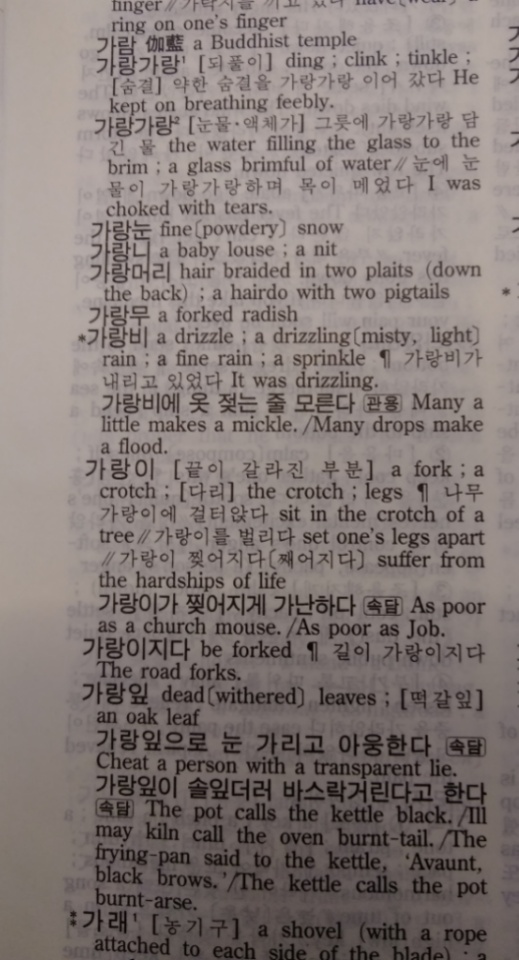

- Omegat dictionary korean how to#
- Omegat dictionary korean install#
- Omegat dictionary korean software#
- Omegat dictionary korean code#
You can import individual files, or you can import entire folder trees (with all files in all subfolders). When you click OK to accept the project set-up, OmegaT will prompt you to select the source documents for import. If you want OmegaT to segment by sentence instead of by "paragraph", it's a good idea to double-check the Segmentation Rules. Make a mental note of the location of the Target subfolder (for your translated documents).
Omegat dictionary korean code#
Select the language code (2 letters) or language-and-region code (2 + 2 letters) from the drop-down list, or type them in by hand (the language code can be 2 or 3 letters). You can simply accept the location of the subfolders, but make sure first that the source and translation language codes are correct.

OmegaT will prompt you to confirm or change the project folders to be created, using this dialog. This name will be used for the main project folder all the project files will be stored in this folder or its subfolders. Navigate to the folder where you wish to save the project files, and type in a name for the translation project.

Omegat dictionary korean how to#
How to translate using OmegaT Create and open a new project OmegaT also creates a “Target” folder which will contain the final translated documents. These are used to store the source documents to be translated, the glossaries you may wish to use, and any translation memories you may want to use. For each project OmegaT will create a set of folders. OmegaT organizes your translation work in so-called translation projects. Once all the segments have been translated (or before, if you request) OmegaT will use the translation memory to generate the translated document(s) in a “Target” folder. As you pass from segment to segment your translations are recorded in a translation memory. In the Editor window OmegaT presents the source text 'segmented' into sentences (or paragraphs). Below this is the Glossary Viewer, where glossary matches will be displayed. On the right, at the top, is the Match Viewer, where translation memory matches will be displayed. On the left is the Editor where you type your translation. Each of these can be resized using the mouse. The OmegaT screen consists of one space with three distinct windows. 2.3 Use the translation memory and the matches in your glossaries and dictionaries.
Omegat dictionary korean install#
Omegat dictionary korean software#
java bundle.properties and other software localization formats.External glossaries with recognition of inflected forms.Simultaneous use of multiple translation memories.Simultaneous processing of multiple-file projects.

It does not translate for you! (Software that does this is called "machine translation", and you will have to look elsewhere for it.) OmegaT has the following features: It is a tool intended for professional translators. OmegaT is a free translation memory application written in Java. If you don't know how wiki formatting works, see: (Click "Edit" above you must be logged in.) All translators are invited to add to this article. Note: This article is a joint project of members and guests.


 0 kommentar(er)
0 kommentar(er)
